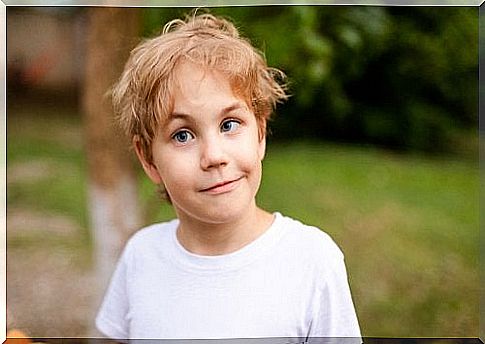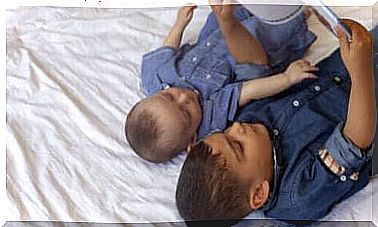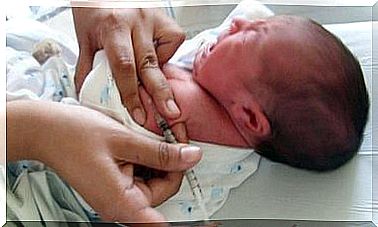Strabismus: Causes, Diagnosis, And Treatment

Strabismus is an abnormality that affects vision and results from a lack of coordination between the eyes. Early detection is important to start treatment as soon as possible. The greatest risk of delaying treatment is that a child may lose sight in the abnormal eye.
In babies or children, strabismus is one of the most common optical disorders. About 4% of children under 9 years of age have a deviated eye. The most serious consequences have to do with impaired brain development, learning and knowledge and loss of vision.
What is stabismus in children?
Technically, strabismus results from the malfunctioning of the binocular functions. The use of vision has two functions, one is binocular and the other monocular. Both functions develop from birth and continue to develop until a child is eight or nine years old.
In strabismus , binocular function is damaged, meaning both eyes cannot focus on the same object. As a result, information reaches the brain in a confusing way.
The response of the central nervous system is to ignore images that are less sharp. In this way, the body resolves and avoids double vision or diplopia.
Still, the misaligned eye continues to send images to the brain. However, and as a result of his vain insistence, it is likely that the eye will eventually become ‘lazy’ and develop irreversible vision loss.
Causes of Strabismus in Children

Among the most common ophthalmic causes, we can mention the following:
- A defect of optic nerve control.
- Retractive defects such as farsightedness.
Other causes of lazy eye in children include:
- A nervous system breakdown due to certain illnesses, a high fever, or a high-stress situation.
- At the same time, strabismus in children can occur as a result of other conditions, such as cerebral palsy or hydrocephalus.
- Complications such as preterm birth can also lead to strabismus. At the same time, children with Down syndrome are also prone to strabismus.
- It is also important to mention that there is a certain genetic predisposition when it comes to strabismus.
Strabismus types
The symptoms of this functional abnormality usually appear in childhood. However, it is important to know that strabismus can also develop in adulthood. Not all cases of strabismus are the same.
- Unilateral strabismus and alternating strabismus. In the first case, the fixation eye monopolizes the field of view. In the second variant, both eyes take turns sending messages to the brain, which allows homogeneous development of both eyes.
- Intermittent strabismus. This only happens under certain circumstances (illness, stress). It can also only appear if an object is at a certain distance (near, medium, far).
According to the direction of the deviant eye
- Extotropy or divergent strabismus: Outward or misalignment, in which the eyeball points outward.
- Endotropy or convergent strabismus: Inward or convergent deviation, in which the eyeball points inward. This is the most common type of strabismus.
- Hyperotropia and Hipotropia: When the eyeballs point up or down.
Diagnosis of strabismus in children
Strabismus in children is difficult to prevent. However, early detection and treatment can prevent the discomforts and consequences of strabismus, and even reverse the malfunction. Thus, the eye exam recommended at age 3 is fundamental for children with this problem.
If a pediatrician notices an abnormality in your child’s eyes, you should see an eye doctor immediately. If there is a family history of strabismus, you should have your child examined by an ophthalmologist before the age of 3.
Treatment of strabismus in children

Treatment varies depending on the condition of the eyes and the degree of deviation. The goal will be to restore binocular vision. Depending on the case, the treatment can vary from prescription glasses to surgery. Doctors can also use patches to strengthen the weaker eye.
The treatment used for accommodative strabismus is known as optical correction. Here it is common for patients to use glasses or contact lenses. In the case of visual therapy, doctors use exercises and mainly plasters.
However, in some cases, surgery is required. The surgeon then makes a small incision in the tissue covering the eye to access the muscle.
Depending on each case, the surgeon must move the muscles in one or both eyes. The procedure is relatively simple and children can play again without any problems.









